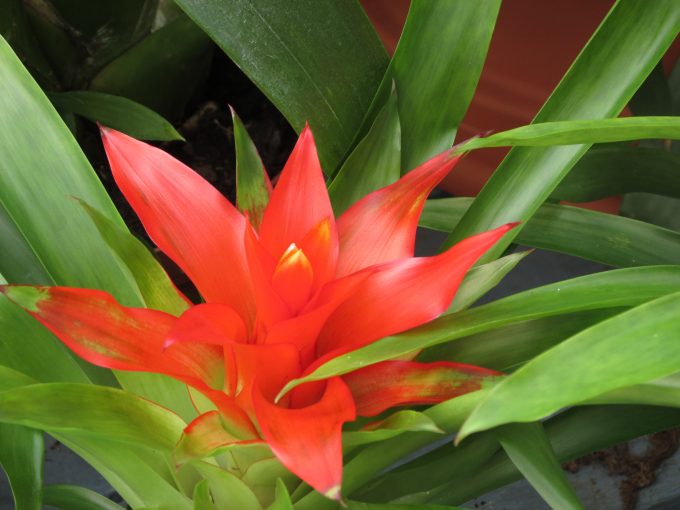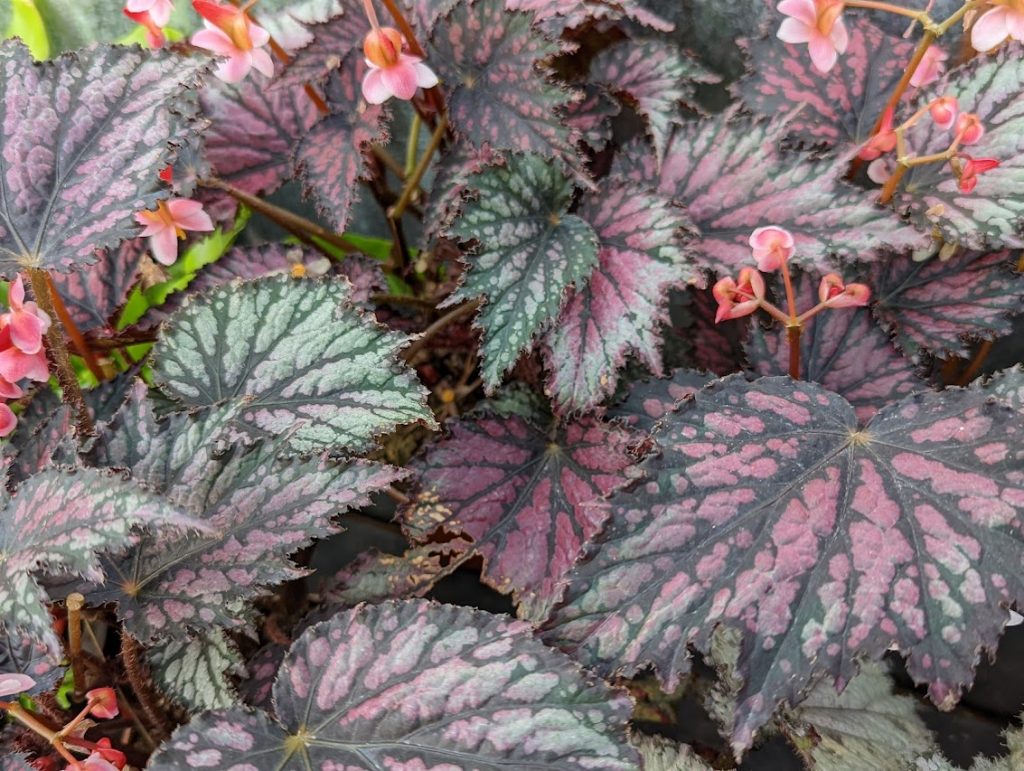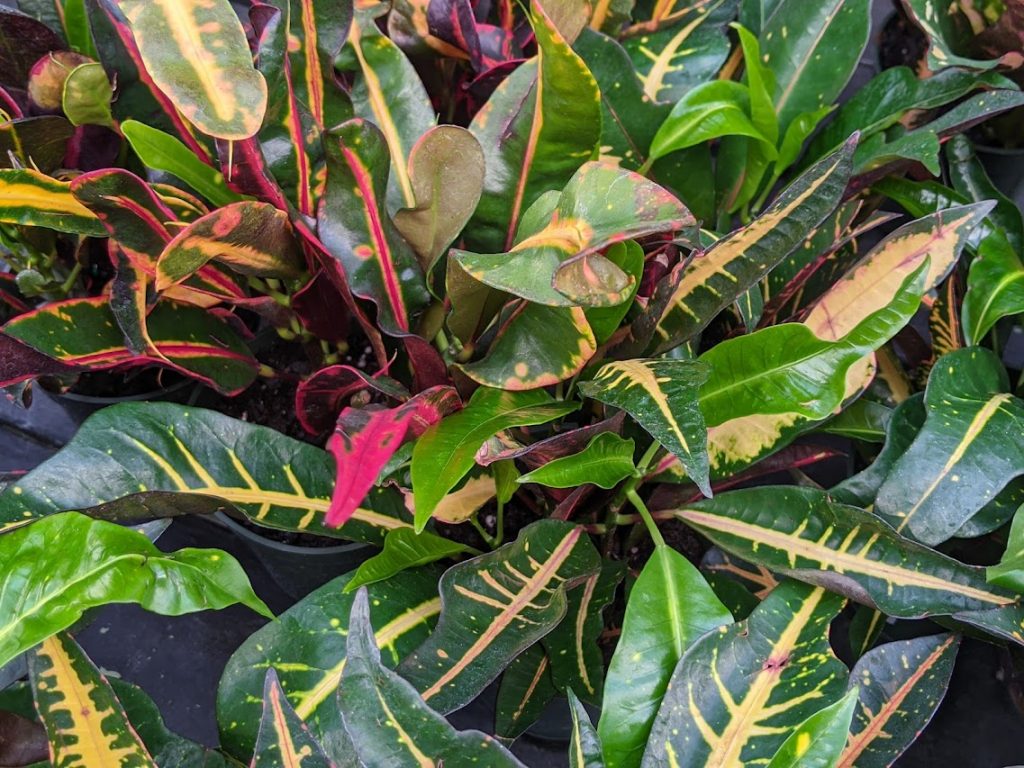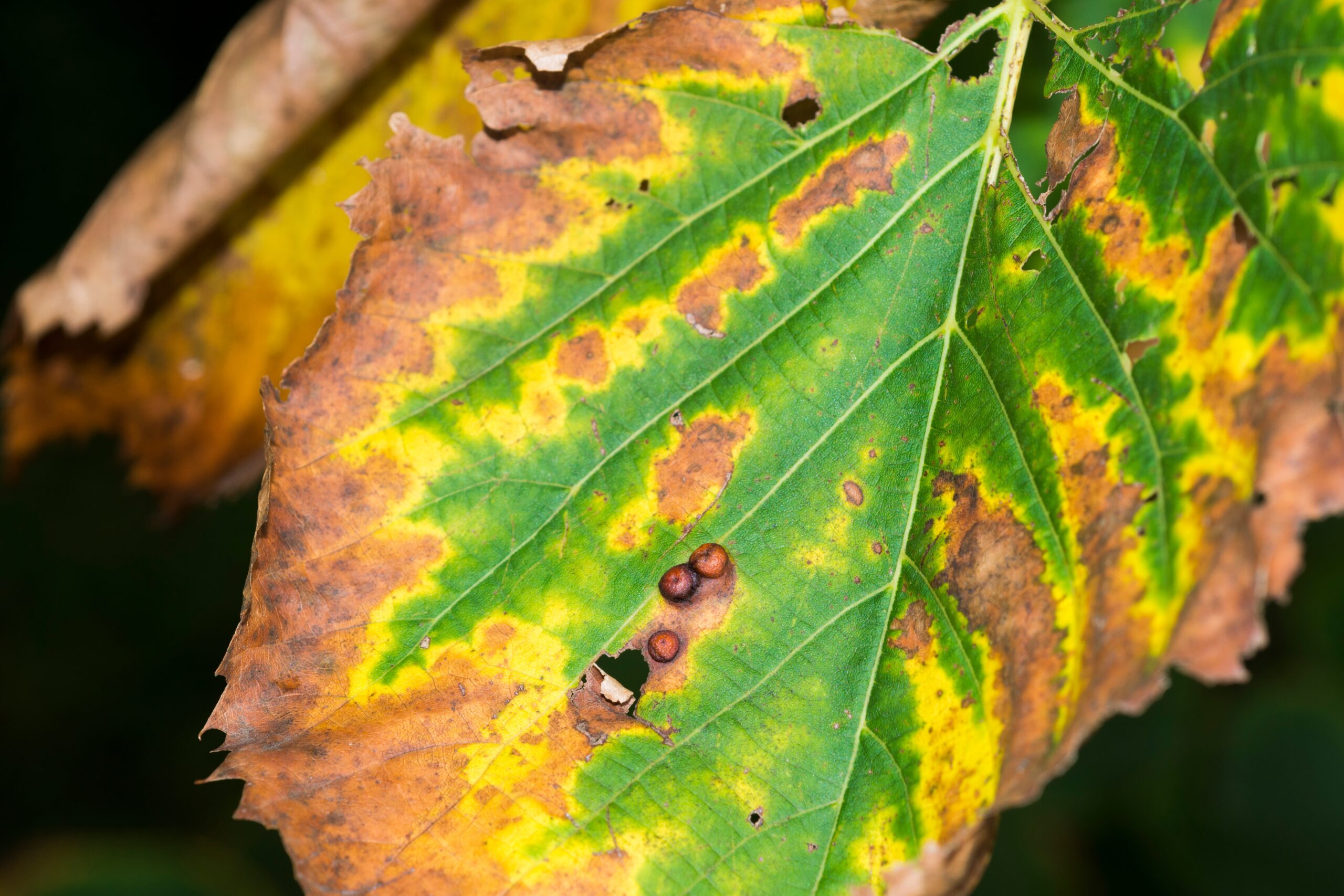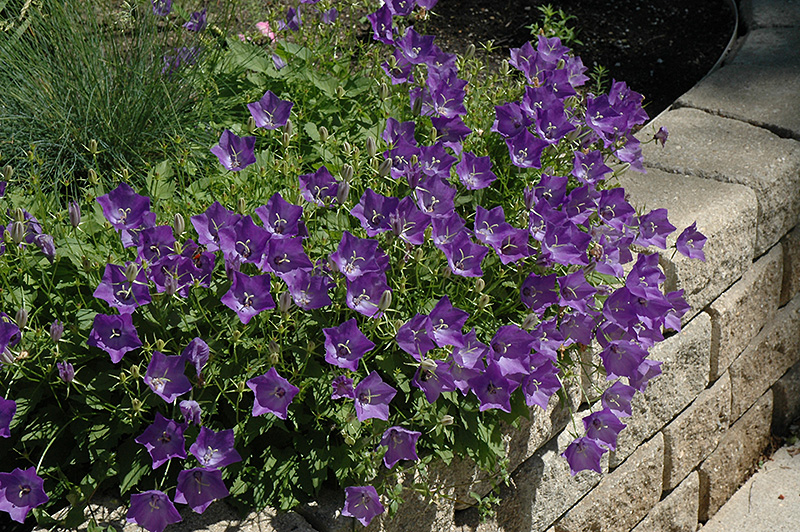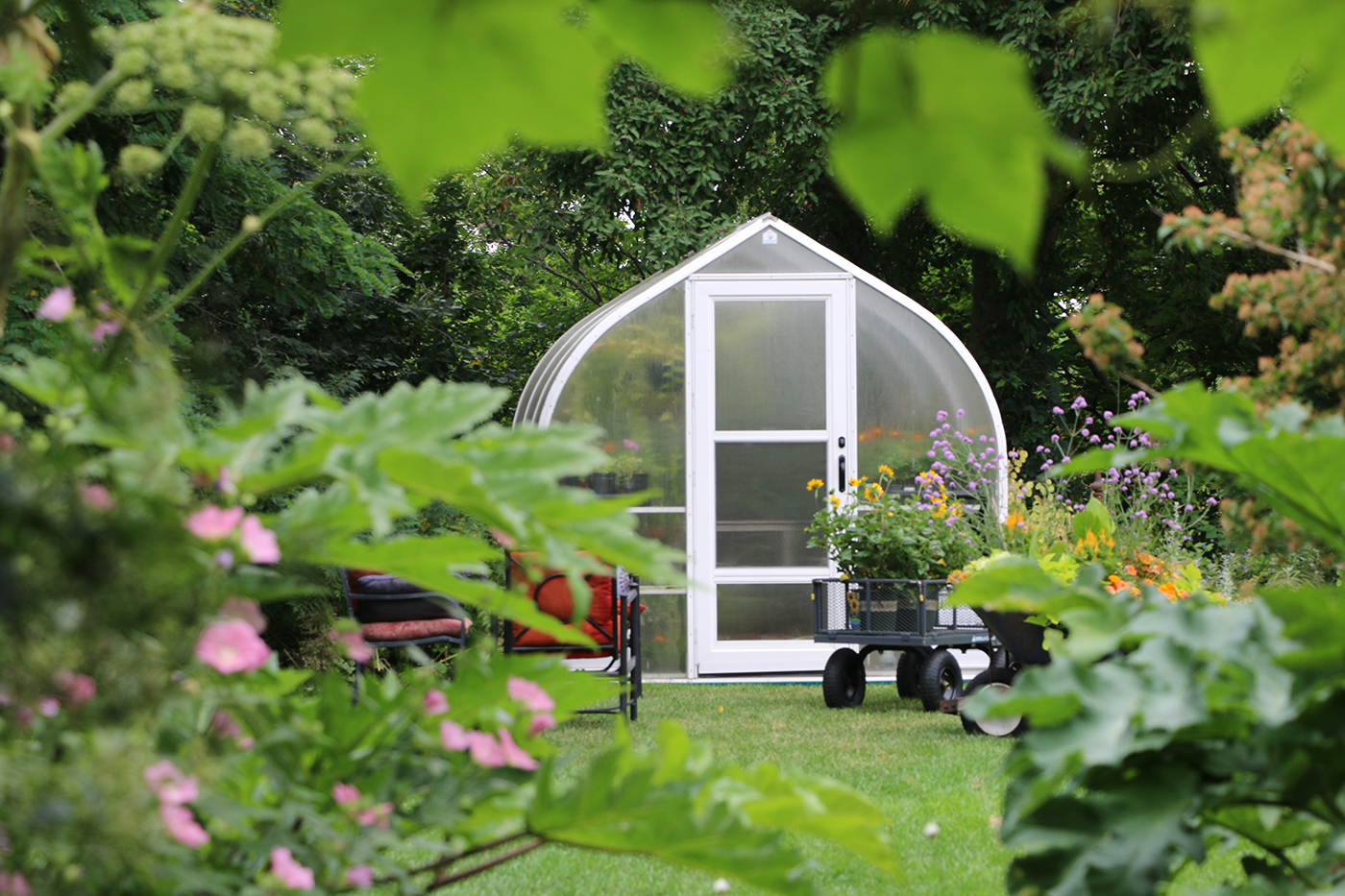The calendar says we’re not that far away from the official start of spring, but from where I’m sitting, the look and feel of winter is still everywhere. I say let’s brighten up these chilly days with some beautiful and even festive houseplants! Discover these five great houseplants for mid-winter color:
Bromeliads are a great place to start!
These exotic-looking plants just scream “Welcome to the jungle!” They fit in perfectly with the current trend of giving our homes a tropical feel.
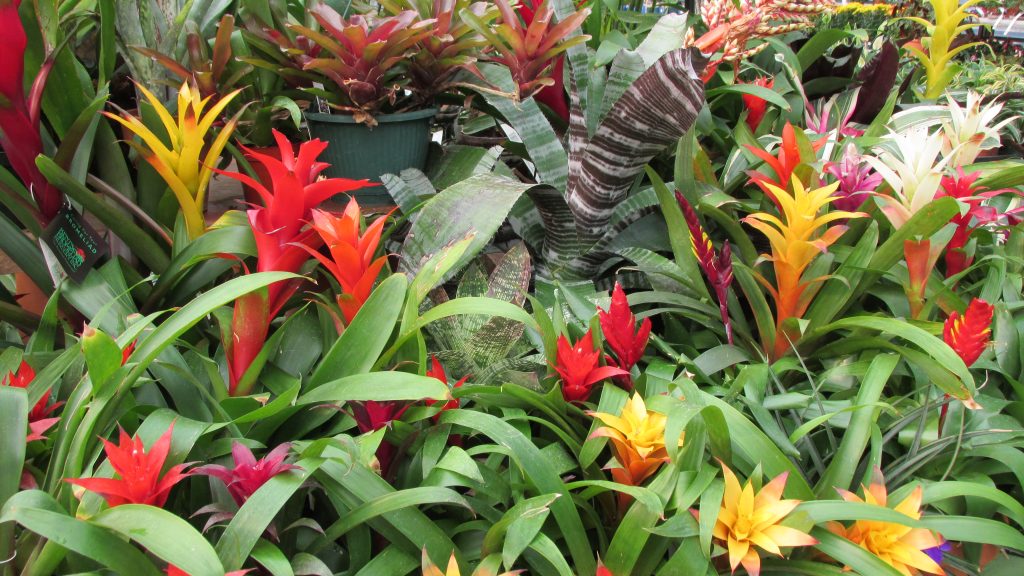
Bromeliads like those pictured here and at the top of the blog are especially popular because they’re easy to grow. The leaves funnel rainwater down into the reservoir at their base where the plant can use it, replicating their natural home in the rainforests.
Their stunning flowers routinely last for several months before they begin to fail. The “mother” plant will slow down after the flowers fade, but small “pups” or offsets usually form to replace the parent. With care, these pups can be removed when they’re about one-third the size of the mother plant and grown on themselves.
Bromeliads prefer:
- half-a-day of bright indirect light
- very loose potting soil like orchid mix
- a consistent supply of tepid filtered water in the cup at the base of the leaves, drained and replaced with fresh water weekly
Rex begonias
Rex begonias bear little resemblance to their showy relatives, the tuberous begonias, which brighten up the shady spots on our decks and patios during the summer. But with their stunning foliage, the rex varieties are quite flashy in their own way.
These subtle but showy plants will produce tiny flowers, but the blossoms definitely take a back seat to the ornate veining and swirls on the leaves. Some people even remove the flowers altogether.
Rex begonias prefer:
- bright, indirect light; short periods of direct sun only if the sun isn’t too harsh
- light, well-draining soil; African violet soil works well
- evenly-moist soil, but never soggy; better to slightly under-water than over-water
African violets
There is no way I can look at African violets and not think of my dear Swedish grandmother. It’s lovely that plants can trigger memories like that.
These sweet old-fashioned flowers never go out of style. With a little TLC, they can be coaxed into blooming almost year-round. Turn them frequently so they’re not constantly growing toward the light.
African violets prefer:
- two to four hours of very good light, avoiding too much intense afternoon sun
- soil that is labeled specifically for African violets
- being watered thoroughly when the exposed soil has definitely begun to dry out
Crotons
Remember I said in the beginning that some of the colorful plants we’d be looking at are “festive?” Crotons are exactly that!
Crotons come in a dazzling variety of colors, leaf sizes, and shapes. They have “tropical” written all over them, which means they definitely need to be protected from cold air, whether from open doors or air conditioning, or hot, dry air from heat vents. They do have a tendency to drop some of their leaves when they’re moved (like from our garden center to your home), so protect them well on the trip.
Crotons prefer:
- medium to bright light; the more colorful the leaves, the more light they need
- lightly but consistently moist soil, never soggy; water thoroughly when the top 1/2″ is dry to the touch
- dust-free leaves; wiping with a damp cloth helps keep the foliage vibrant
Last, but definitely not least: orchids
I know, I know… “Orchids are such prima donnas!” Actually, some of them can be quite grower-friendly!
The phalaenopsis or “moth” orchids are excellent choices for those of us who want color without too much fuss. Different varieties of moth orchids will bloom at different times of the year. One of the best things about these lovely plants is how many blossoms they can produce once they’re in bloom, and how long those flowers can last.
Moth orchids prefer:
- loose, bark-type soil and very well-draining pots; roots rot in soggy media
- several hours of bright eastern or filtered southern or western light; insufficient light leads to poor flowering
- growing locations well away from direct exposure to draft or heat or air conditioning vents
Some general growing tips
All of the houseplants discussed here are considered tropical plants and greatly benefit from humidity higher than is common in our homes or offices. You can increase the surrounding humidity by growing orchids on a pebble tray… a shallow tray or saucer with pebbles or gravel about an inch deep. Keep the tray consistently filled just to the top of the pebbles with clean water which will evaporate and create a humidity bubble around the plants.
Visit Tagawa’s Houseplant Department for more in-depth advice on these bright and beautiful plants. The folks there will be happy to answer any questions you have about growing these or any other tropical houseplants that catch your eye.
